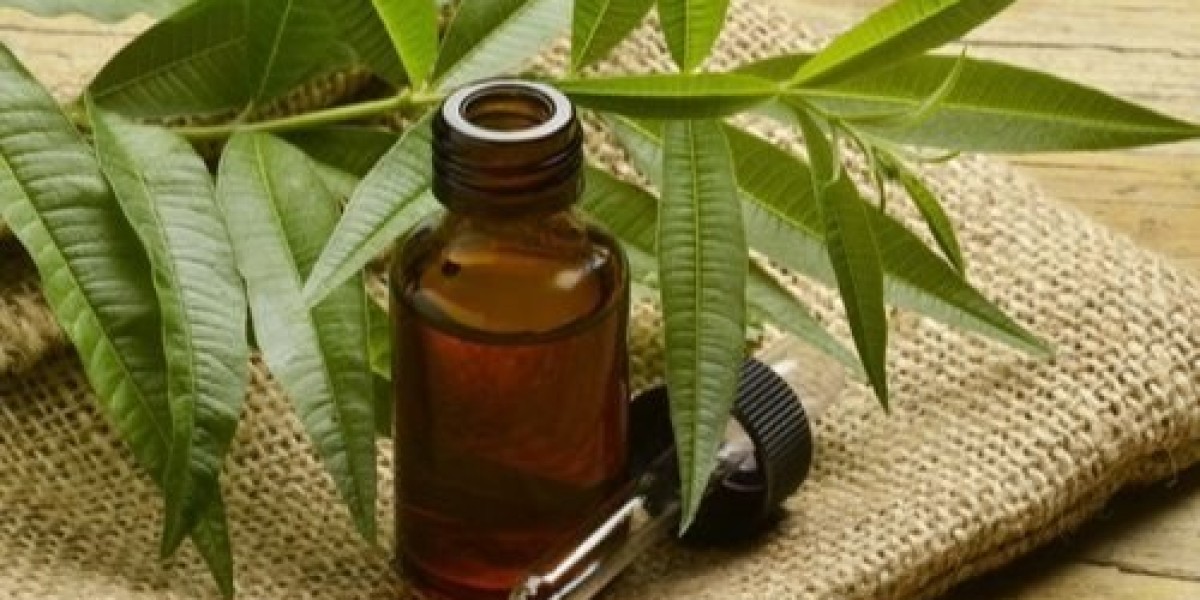Fungal infections are a common problem that can affect people of all ages. They can cause a variety of symptoms, including itching, redness, swelling, and burning. Fungal infections can occur on any part of the body, but they are most common on the feet, skin, and scalp.
One of the most effective natural remedies for fungal infections is tea tree oil. Tea tree oil is an essential oil that comes from the leaves of the Australian tea tree. It has been used for centuries to treat a variety of medical conditions, including fungal infections.
Tea tree essential oil has antifungal properties that work by killing the fungi that cause infections. It also has anti-inflammatory and antibacterial properties, which can help to reduce inflammation and other symptoms of fungal infections.
Tea tree oil is a safe and effective treatment for most fungal infections. However, it is important to note that it can irritate the skin, so it should be diluted with a carrier oil before use.
Athlete's Foot
Athlete's foot is a type of fungal infection that affects the feet. It is caused by a group of fungi called dermatophytes. Athlete's foot is most common in people who wear sweaty socks and shoes for long periods of time. It is also common in people who walk barefoot in public places, such as locker rooms and swimming pools.
Symptoms of athlete's foot include itching, burning, redness, and scaling of the skin on the feet. In some cases, athlete's foot can also cause blisters and cracks in the skin.
Tea tree oil is an effective treatment for athlete's foot. To use tea tree oil to treat athlete's foot, mix 2-3 drops of tea tree oil with 1 teaspoon of a carrier oil, such as coconut oil or olive oil. Apply the mixture to the affected area twice a day.
Ringworm
Ringworm is a type of fungal infection that can affect the skin, scalp, nails, and groin. Ringworm is caused by a group of fungi called dermatophytes. Ringworm is contagious and can be spread from person to person, from person to animal, or from animal to person.
Symptoms of ringworm vary depending on the area of the body that is affected. Ringworm on the skin typically appears as a red, circular rash with a raised border. Ringworm on the scalp can cause hair loss and scaly patches on the head. Ringworm on the nails can cause the nails to become thick, discolored, and brittle.
Tea tree oil is an effective treatment for ringworm. To use tea tree oil to treat ringworm, mix 2-3 drops of tea tree oil with 1 teaspoon of a carrier oil, such as coconut oil or olive oil. Apply the mixture to the affected area twice a day.
Nail Fungus
Nail fungus is a type of fungal infection that affects the nails. Nail fungus is caused by a group of fungi called dermatophytes. Nail fungus is more common in toenails than fingernails.
Symptoms of nail fungus include yellowing, thickening, and brittleness of the nails. In some cases, nail fungus can also cause the nails to crumble and fall off.
Tea tree oil is an effective treatment for nail fungus. To use tea tree oil to treat nail fungus, mix 2-3 drops of tea tree oil with 1 teaspoon of a carrier oil, such as coconut oil or olive oil. Apply the mixture to the affected nails twice a day.
Other Fungal Infections
Tea tree oil can also be used to treat other fungal infections, such as jock itch and tinea versicolor.
- Jock itch is a type of fungal infection that affects the groin area. Jock itch is caused by a group of fungi called dermatophytes. Jock itch is most common in men and athletes. Symptoms of jock itch include itching, burning, and redness of the skin in the groin area.
- Tinea versicolor is a type of fungal infection that affects the skin. Tinea versicolor is caused by a yeast fungus called Malassezia. Tinea versicolor is common in people who live in warm climates and people with oily skin. Symptoms of tinea versicolor include round or oval patches of discolored skin on the chest, back, shoulders, and arms.
To use tea tree oil to treat jock itch or tinea versicolor, mix 2-3 drops of tea tree oil with 1 teaspoon of a carrier oil, such as coconut oil or olive oil. Apply the mixture to the affected area twice a day.
How to Use Tea Tree Oil Safely
Tea tree oil is a safe and effective treatment for most fungal infections. However, it is important to note that it can irritate the skin, so it should be diluted with a carrier oil before use.
To use tea tree oil safely, follow these tips:
- Dilute tea tree oil with a carrier oil before using it on your skin. A good ratio is 2-3 drops of tea tree oil to 1 teaspoon of carrier oil.
- Do a patch test before using tea tree oil on a large area of skin. To do a patch test, apply a small amount of diluted tea tree oil to an inconspicuous area of skin, such as the inside of your elbow. Wait 24 hours to see if you experience any irritation. If there is no irritation, you can use tea tree oil on the affected area.
- Avoid using tea tree oil on broken skin or on your face.
- Do not swallow tea tree oil. It is poisonous if ingested.
How Long to Use Tea Tree Oil for Fungal Infections
The length of time you need to use tea tree oil for a fungal infection will vary depending on the severity of the infection. However, most people find that using tea tree oil twice a day for 2-4 weeks is effective in clearing up the infection.
If your infection does not improve after 4 weeks of using tea tree oil, see a doctor.
Other Ways to Prevent Fungal Infections
In addition to using tea tree oil, there are other things you can do to prevent fungal infections:
- Keep your skin clean and dry.
- Wear loose-fitting, cotton clothing.
- Avoid sharing socks, shoes, and towels with others.
- Wear shoes in public places, such as locker rooms and swimming pools.
- Keep your toenails trimmed short and clean.
Conclusion
Tea tree oil is a safe and effective natural remedy for fungal infections. It is important to dilute tea tree oil with a carrier oil before using it on your skin. You should also do a patch test before using tea tree oil on a large area of skin.
If your infection does not improve after 4 weeks of using tea tree oil, see a doctor.








